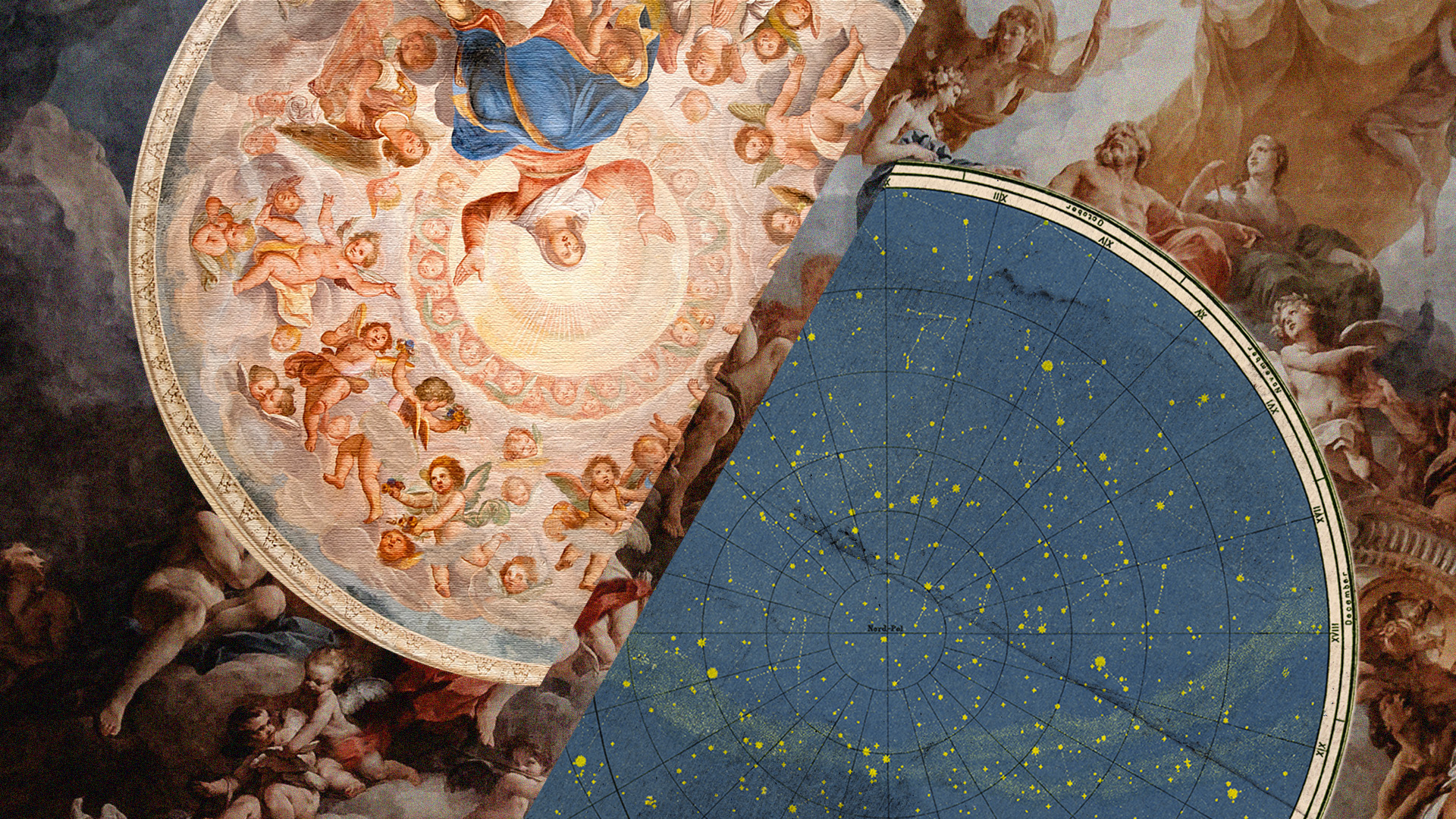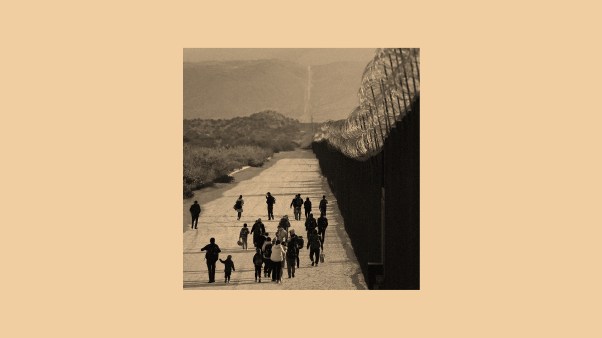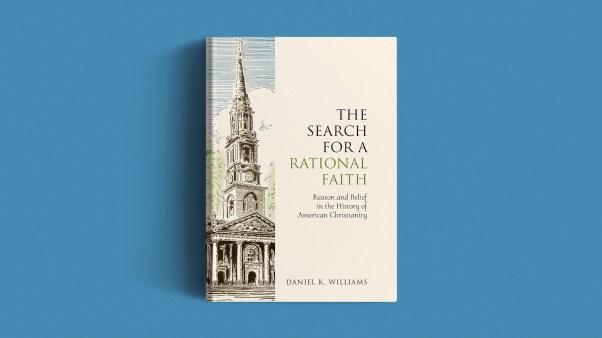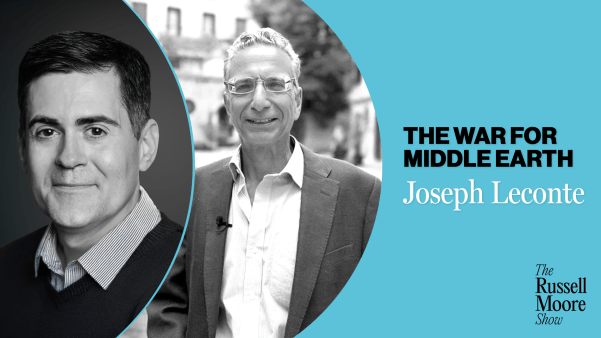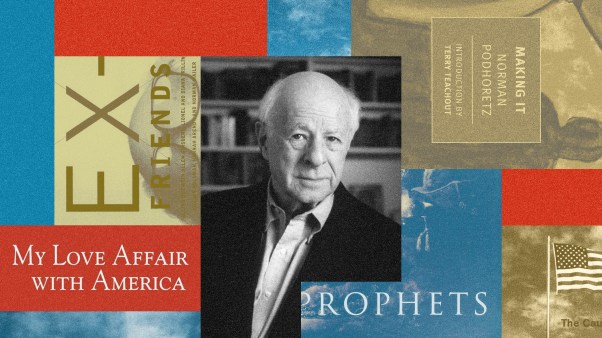Nicholas Spencer’s latest book, Magisteria: The Entangled Histories of Science and Religion, opens and closes with references to Stephen Jay Gould’s depiction of science and religion as nonoverlapping magisteria, or “NOMA.” By this, he meant that science is about the natural, religion the supernatural, and never the twain should meet. Each is magisterial, or authoritative, in its own domain—but not beyond it.
Gould, a popular science writer and avowed secularist, advanced this concept in 1997, at the height of America’s latest public dustup over teaching so-called creation science and intelligent design. He thought NOMA could defuse the controversy while removing religion from science education.
Neither side wholly bought NOMA then. On the one hand, proponents of secular scientism like Richard Dawkins, who want science enthroned as the arbiter of all truth in the modern mind, rejected the notion that religion is magisterial anywhere. On the other hand, theists such as the noted geneticist Francis Collins denied that religion was cordoned off from the natural world—otherwise, why would believers pray for physical (or even mental or emotional) health?
Nor does Spencer, a senior fellow at London’s Theos think tank, buy NOMA now. In Magisteria, he argues from history that science and religion are (and have always been) deeply entangled. This is nothing new. Spencer begins his book by noting that, since the 1980s, historians have uncovered a complex relationship between science and religion, and he names ten leading scholars in this enterprise. (Full disclosure: I’m listed as number six.) Spencer draws on this body of scholarship to compile a narrative history of science and religion since ancient times. His story mainly covers the Christian West but also touches on the Islamic world and the Asian context.
Any sweeping history, especially one emphasizing entanglement, necessarily moves in fits and starts over time and space. Skipping vast periods and various places, the narrative focuses on discrete, well-known encounters between religion and individual scientists or persons involved with science (broadly defined so as to range from ancient natural philosophy to modern social sciences). Accordingly, the book unpacks such fabled episodes as Galileo’s persecution by the Catholic church, Thomas Huxley’s debate on evolution with bishop Samuel Wilberforce, and the Scopes Monkey Trial. Among other subjects, Spencer tackles astrology, heliocentrism, physio-theology, the fossil record, phrenology, evolution, modern physics, Freudian psychology, Marxism, and sociobiology, concluding with the challenge to religion posed by artificial intelligence.
Embracing complexity, Spencer treats each encounter on its own terms. Conflict characterizes some, harmony others. NOMA-like separation emerges in Michael Faraday’s revolutionary work in electromagnetism, while labored accommodation drove the effort to fit ancient fossils into a day-age interpretation of Genesis. As Spencer depicts them, battles over authority spur some episodes, particularly where a literal reading of Scripture clashes with scientific findings, while parochial politics or personal pride enflame others. Nothing seems inevitable about any of the outcomes except that both science and religion survive and persevere.
Befitting his role as a public commentator on religion in public life, Spencer strives (with mixed success) to find something about humanity and human morality underlying each encounter. “Time and again, when it seemed as if people were arguing about the power of planets, the composition of the body, the order of the cosmos, the design of nature, the origin of life, the age of rocks or the development of species, they were really talking about the nature of the human beast,” he claims. “What (or who) is the human, and who (or what) gets to say? These two questions run through the histories of science and religion.” Religion rightly refuses to defer to science on such questions, he maintains, and science cannot definitively answer them, because humans, uniquely of all creation, mix the natural and the supernatural. Spencer sees this tension driving the entanglement between science and religion. Both have something significant to say about humanity.
Spencer warns against basing science on religion or religion on science. They don’t work that way. In his view, Galileo had it about right when, in defending his heliocentric model of the solar system, he wrote that the role of religion “is to teach us how one goes to heaven, not how the heavens go.” Presuming that the first use of heaven means a supernatural abode and the second denotes the natural cosmos, then religion should illuminate the former and science the latter.
Yet the history recounted in Magisteria shows that Galileo’s aphorism can be devilishly hard to apply in particular cases. Modern science has made the average human life longer and healthier, Spencer notes, but not (as in cases like phrenology and eugenics) always better. “In some places, NOMA makes sense. But the human being is emphatically not one of them,” he writes. “Humans are both ‘material’ creatures, which are measurable and explicable according to the methods of science, and ‘spiritual’ ones, who talk about and aspire to things like meaning, significance, transcendence, purpose, eternity and love, which have always been the building blocks of a religious understanding of reality.”
(Although Spencer does not quote him, Francis Collins made a similar point as director of the Human Genome Project. “Science,” he predicted in 2002, “will certainly not shed any light on what it means to love someone, what it means to have a spiritual dimension to our existence, nor will it tell us much about the character of God.”)
“Precisely because they overlap across the human, the potential for conflict between science and religion is always a live one, whether talking about algorithms in the twenty-first century or astrology in the fourth,” Spencer concludes. “And yet, if the long history of science and religion has anything to teach us, it is that this conflict is only potential, not inevitable.” He hopes these entangled magisteria can work together, each in its proper sphere, to advance the commonweal. Although his accounting of the past offers no assurances about the future, it does portend that science and religion will remain entangled on matters important to humanity.
Edward J. Larson is a historian and legal scholar teaching at Pepperdine University. He is the author of Summer for the Gods: The Scopes Trial and America’s Continuing Debate over Science and Religion.

